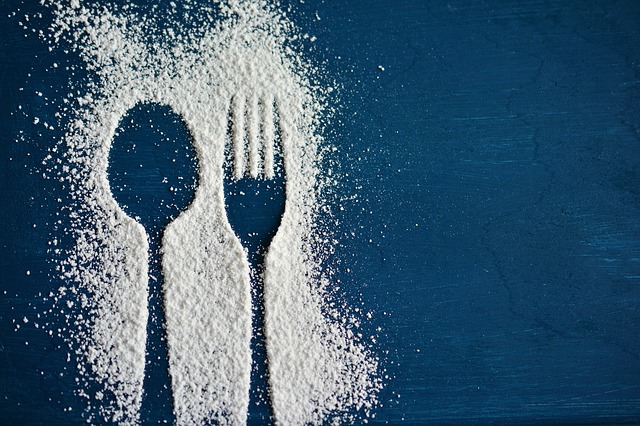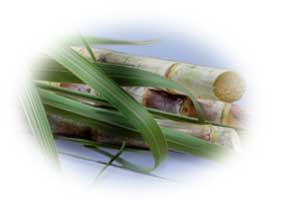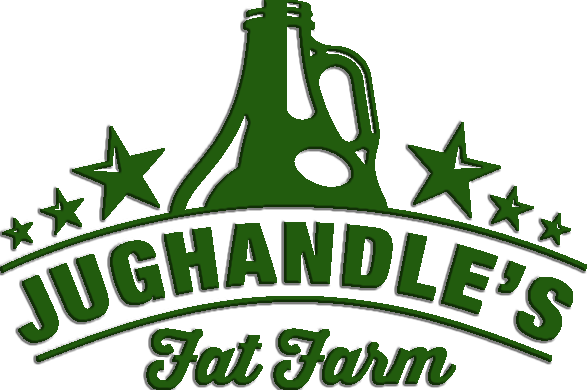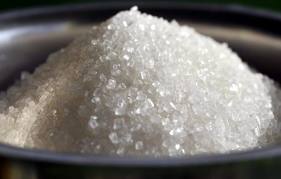
I’ve touched on sugar, mostly brown sugar, in the post “Pantry 101 – Baking and Spices 6-12” . We got a question from Debbie in California asking what the difference is between cane sugar, corn sugar, and beet sugar. We’ll go into depth to answer that question in this post.
Sugar
Sugar is a term for a class of edible crystalline carbohydrates, mainly sucrose, lactose, and fructose, characterized by a sweet flavor.
In food, sugars refer to all monosaccharides and disaccharides present in food, but excludes polyols.
In its singular form, sugar normally refers to sucrose. Refined sugar, primarily comes from sugar cane and sugar beet, and is also present in natural form in many carbohydrates.
Other refined sugars are used in industrial food preparation. They are usually known by more specific names such as, glucose, fructose (fruit sugar), and high fructose corn syrup.
Cane Sugar
C&H’s web site says this about cane sugar:
“How Cane Sugar is Better


Not all sugars are created equal. Lots of us have been brought up thinking that all sugars are pretty much the same. Most believe the kind of sugar we use doesn’t make much difference.
Do you know that many grocery stores carry both cane sugar and beet sugar?
Pure Cane Sugar, the kind C&H and Dixie use exclusively, is refined from sugar cane plants. The first cultivated sugar crop was sugar cane. Grown above ground, nurtured in fresh tropical breezes under warm sunshine.
Beet sugar can be found in some store brands and in makers who often don’t specify the source of their sugar. Beet sugar is extracted from beets grown underground as a root crop.
Cane sugar contains trace minerals that are different from those in beet sugar, and these minerals are what many experts say make cane sugar preferable to use.
Professional bakers have long noticed several differences between the two sugars. Cane sugar has a low melting-point, absorbs fewer extraneous and undesirable odors. It also blends easily and is less likely to foam up when heating. Foaming can be a problem when you’re caramelizing a syrup, making a delicate glaze, baking a delicious meringue, or simmering your family’s favorite jam recipe.”
Brands
Domino Sugar, Dixie Crystal and C&H are all cane sugar and say so on the label.
Holly Sugar, which acquired Spreckles, are beet sugars.
Beet Sugar
Chemically identical to cane sugar 99.05 percent. But that .05 percent makes a big difference when cooking. Beets are harvested in the fall and are usually grown much further from the processing plant than sugar cane, requiring a higher transportation cost. Beets are a root vegetable and more processing is required to clean them and separate the greens.
Also important to note is that beets are a rotational crop while sugar cane is a mono crop. Rotational crops require 4 times as much land to grow as mono crops.
To learn more about how beets are turned into sugar go here. For all practical purposes the only difference between beet and cane sugar may be how they react to heat.
Corn Sugar
Corn sugar aka corn syrup. The difference is that corn syrup has no fructose as opposed to cane sugar or beet sugar, which do.
Table sugar, composed of 50 percent fructose and 50 percent glucose, is from sugar beets or sugar cane. For a lot of reasons which can be found in the movie “King Corn“, corn syrup is much cheaper to produce than cane or beet sugar, but it doesn’t taste the same. The scientists to decided to “fix” that problem.
High Fructose Corn Syrup
Scientists found a way to chemically alter corn syrup to create a cheap liquid sugar by adding fructose, hence the name high fructose corn syrup.
The corn syrup is high in fructose relative to other corn syrup, not to sugar.
HFCS-55 has a similar fructose ratio to honey and is composed of 55 percent fructose and 45 percent glucose and is used in soft drinks.
There is also a HFCS-45, which is less sweet than sugar and HFCS-55 and is used in many baked goods, jams, jellies, and cereals.
HFCS-45 contains 45 percent fructose and 55 percent glucose. It is widely believed that because HFCS has been chemically altered that the body doesn’t react to it in the same way as sugar, but that has yet to be proven.
Conclusion
Many believe that caramel made with beet sugar will crystallize and never form caramel where cane sugar works well. Cane sugar on a creme brulee caramelizes while beet sugar burns.
Some cooks believe that making boiled icing with beet sugar is a mess.
If the package of sugar doesn’t say cane, it’s beet.
Some brands mix the two.
Happy baking and keep on Farming you Fat Farmers- Jughandle


1 comment
Interesting post. I?ll be sticking around to hear much more from you guys. Thanks!